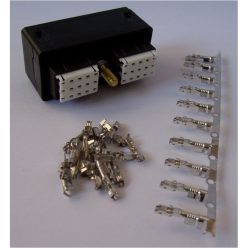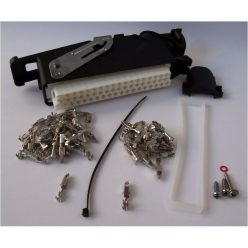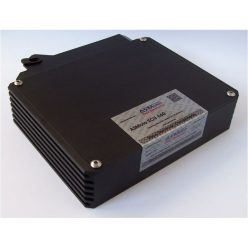Our ASMoto ECUs are standalone engine controllers with flexible mapping, high-rate logging and robust safeguards. They support CAN integration, wideband-based closed-loop fuel control and protective limits for oil pressure, EGT and mixture—delivering steady idle, reliable starts and repeatable power for road–track builds.
Net price: 45 €
Net price: 49 €
Net price: 49 €
Net price: 491 €
Net price: 900 €
Brief summary & key benefits
ASMoto ECUs provide complete engine management with rich I/O, flexible mapping, high-rate logging and robust safety features. Their CAN connectivity and closed-loop fuel control (wideband-based) make them suitable for dependable road–track builds where repeatability, protection and data are essential.
Technical Basics
Controllers decode varied crank/cam trigger patterns to deliver accurate spark and injection timing. Typical capabilities include wideband-driven closed-loop fuelling, drive-by-wire throttle, idle control, optional flex-fuel sensing and multi-table ignition/fuel maps. Output topology (low-side/high-side), coil drive type (logic or inductive) and sequential versus batch injection support should match the hardware. Protective strategies—AFR/EGT limits, oil-pressure monitoring, over-temperature handling—intervene to prevent damage under fault conditions.
High-sample logging with configurable channels enables detailed analysis; chart-based log review exposes trends such as fuel-pressure drop or incipient misfire. Tuning suites usually offer live table edits, multiple maps, start and warm-up enrichments and temperature-based corrections. Reliable behaviour depends on clean grounds, short power runs and shielded, well-routed sensor lines.
Selection Criteria
Define required I/O: injector and ignition outputs, sensors (MAP, IAT, CLT, TPS, EGT, wideband) and auxiliaries (fans, pumps, boost solenoid). Verify compatibility with crank/cam patterns (e.g., 60-2), DBW throttles and your loom. Forced-induction engines benefit from staged boost control, AFR/EGT-based protection and robust fuel-pressure monitoring. Evaluate the software ecosystem—documentation, dependable firmware updates and log-analysis tools—since they affect setup time and reliability.
Use cases: road–track cars focus on steady idle, clean signals and good cold-start. Time-attack builds prioritise repeatable power with conservative limits and quick map switching. When reusing factory looms, an adapter harness speeds integration; bespoke looms provide the most robust routing, shielding and strain relief for harsh environments.
Installation & Maintenance
Work on an isolated system. Keep power/grounds short; implement direct battery and clean chassis grounds. Route sensor lines away from ignition/high-current paths, use shielding and twisted pairs where appropriate. After installation, verify crank/cam sync, sensor sanity and supply stability. Start with conservative limits (boost, EGT, oil pressure) and iterate using logged data through successive sessions.
Maintenance tips: back up calibrations regularly; follow firmware procedures; review trends (AFR, knock level, fuel pressure). Inspect loom retention, connector seals and ground fastener torque after heat cycles and vibration exposure. Observe wideband heater guidelines and check the exhaust system for leaks that could skew readings.
FAQ
Q: Why choose a standalone ECU over OEM?
A: Greater tuning control, richer I/O and logging for modified engines—provided installation and calibration are executed properly.
Q: How do I keep signals clean?
A: Solid grounding, stable supplies, shielded routing and appropriate software filtering.
Q: Can I keep the factory loom?
A: An adapter harness is common; custom looms suit complex I/O and harsher environments.
Q: Do I need a wideband O₂?
A: Yes—for effective closed-loop fuelling and protective strategies.
Q: How long does calibration take?
A: It depends on engine spec and I/O complexity; tune progressively using logged data and safe limits.







